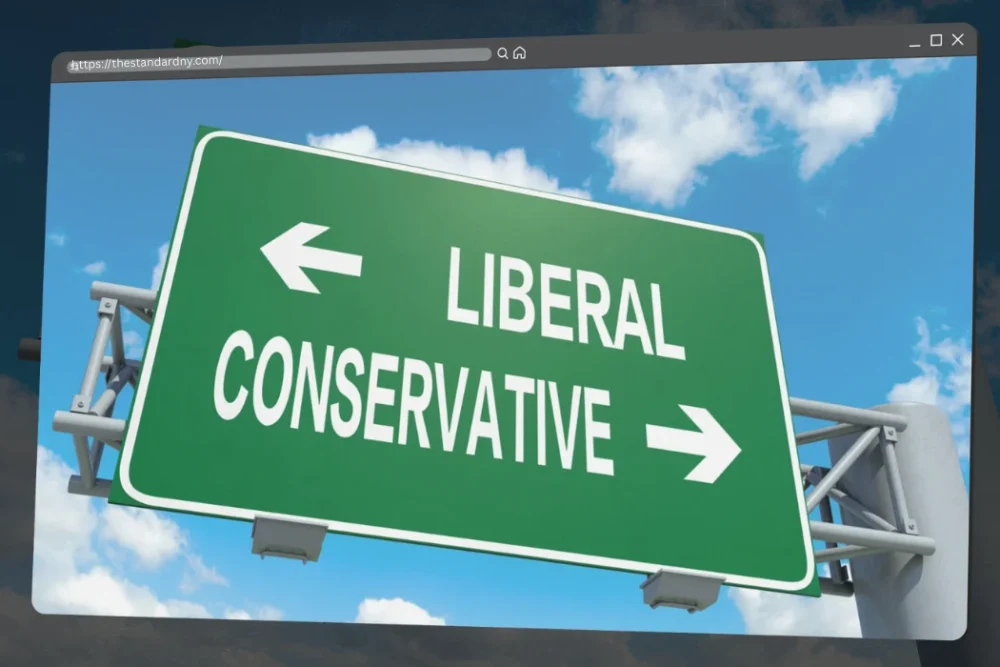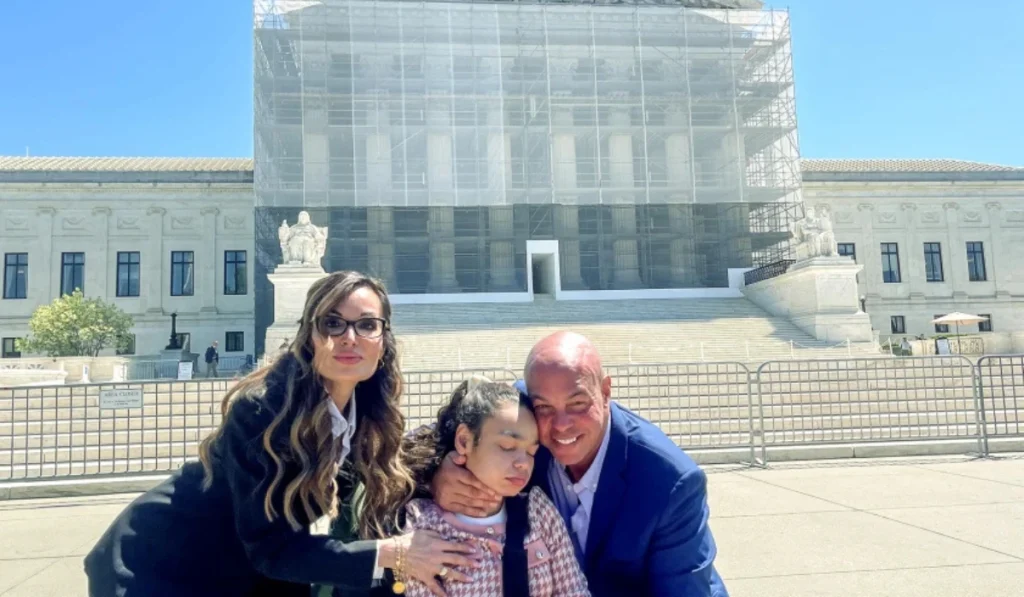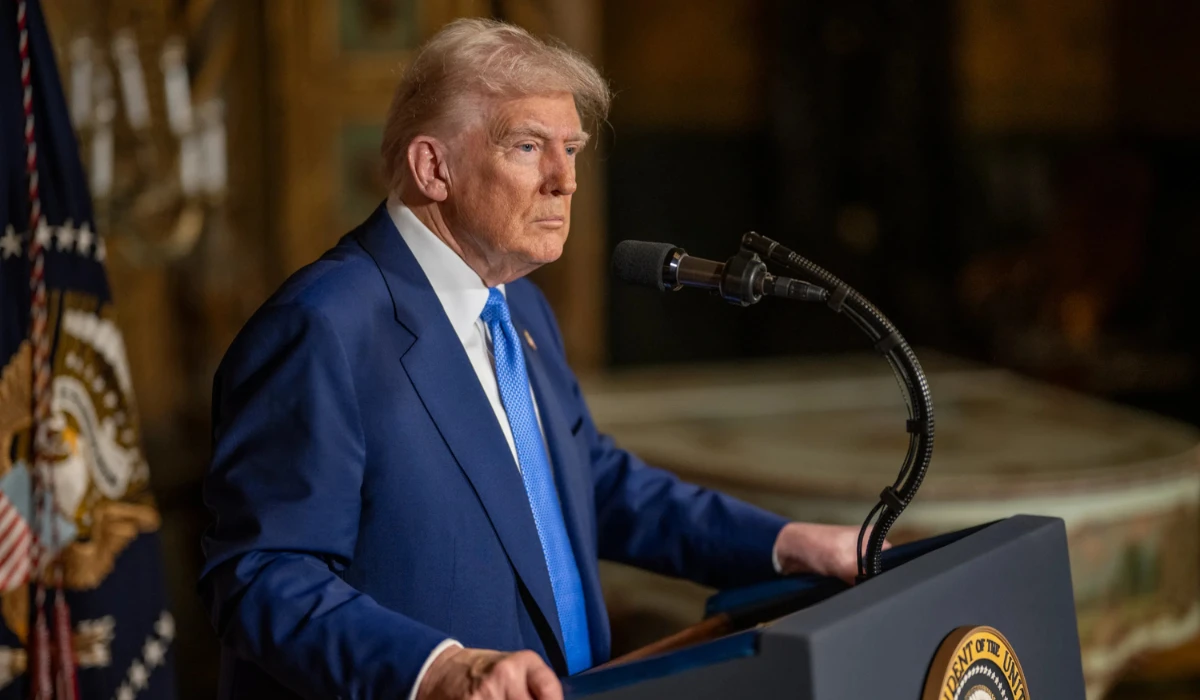Project 2025 is a comprehensive blueprint for reshaping the U.S. government. Developed by the Heritage Foundation, a conservative think tank, this 900-page document outlines sweeping changes that could impact American life if fully implemented. Here are 10 things you need to know about Project 2025 and how it’s influencing President Trump’s second term.
1. Origins and Purpose of Project 2025
The Heritage Foundation developed and released Project 2025 in April 2023. It was designed as a strategic roadmap to guide conservative governance, particularly during Donald Trump’s second term. It represents the collective vision of more than 100 conservative organizations aiming to reshape the federal government in line with traditional conservative values.
2. The Vision: A Consolidation of Power
The heart of Project 2025 is the “unitary executive theory,” which aims to centralize federal power under the president. This would place nearly all federal agencies, including traditionally independent ones like the Department of Justice, directly under presidential control. Advocates say this will streamline decision-making, while critics warn it could erode checks and balances in our government system.
3. Major Policy Goals: Four Pillars of Change: The document outlines four main goals:
- Restoring the Family: Project 2025 calls for the family to be the foundation of American life. Policies include eliminating federal support for abortion and redefining marriage based on biblical principles.
- Dismantling the Administrative State: This includes cutting back the size and power of federal agencies, removing job protections for civil servants, and eliminating entire departments, like the Department of Education.
- Defending Sovereignty: Key proposals include stricter immigration enforcement, increased border security, and restructuring the Department of Homeland Security.
- Securing Individual Rights: This includes promoting religious freedom and opposing policies perceived as endorsing “woke” ideology, including diversity, equity, and inclusion (DEI) programs.
4. Controversial Social Policies: Family and Abortion
One of the most contentious aspects of Project 2025 is its stance on abortion. Although it does not advocate for a nationwide ban, it calls for withdrawing mifepristone (an abortion pill) from the market. It also supports restricting the use of federal funds for abortion. Critics argue these measures could lead to backdoor restrictions on reproductive rights.
5. Impact on Federal Workers: Job Protections at Risk
The plan proposes eliminating civil service protections, making it easier to replace federal employees with political appointees. Supporters contend that this will make the federal workforce more accountable, but opponents say it threatens job stability and injects partisan politics into government operations.
6. Immigration and Border Policy: Beyond the Wall
While Trump’s 2016 campaign focused on building a border wall, Project 2025 pushes for broader structural changes. It proposes combining immigration enforcement units under a single, more powerful agency and eliminating specific visa categories for crime victims and human trafficking survivors. This approach seeks to consolidate enforcement while cutting pathways for vulnerable populations.
7. Energy and Climate: Fossil Fuels First
In alignment with Trump’s “Drill, baby, drill” mantra, the project calls for boosting fossil fuel production and cutting federal funding for renewable energy. The document frames environmental regulation as part of a “war on oil and natural gas” and calls for revoking climate agreements, such as the Paris Accord.
8. Education and “Woke” Culture: Pushing Back
Project 2025 aims to abolish the Department of Education and cut diversity and inclusion programs across federal agencies. It also supports school choice policies, allowing public funds to flow into private and religious schools, including expanded support for charter schools. The plan advocates for increased federal funding to incentivize states to prioritize charter expansion and parental control over curriculum decisions. Trump has already moved to end federal DEI initiatives and restrict the recognition of gender beyond male and female.
9. Trump’s Embrace and Rejection of the Project
Although Trump initially distanced himself from Project 2025, some of its proposals have quietly made their way into his administration. Trump’s decision to eliminate civil service protections and freeze federal spending aligns with the project’s vision. Additionally, key figures involved in drafting the project, like Russell Vought and John Ratcliffe, have taken on significant roles within the administration.
10. Legal and Political Hurdles Ahead
Despite its ambitions, Project 2025 faces significant opposition from Democrats and legal challenges. Efforts to consolidate power under the president could face constitutional scrutiny, and social policies targeting abortion and immigration are likely to be contested in courts. The project’s implementation will depend on Trump’s resolve and the outcomes of ongoing legal and legislative battles.
A Conservative Blueprint in Action
Project 2025 is a manifesto that outlines how the conservative movement envisions reshaping America. While some policies have already been set in motion, others may face significant roadblocks..





